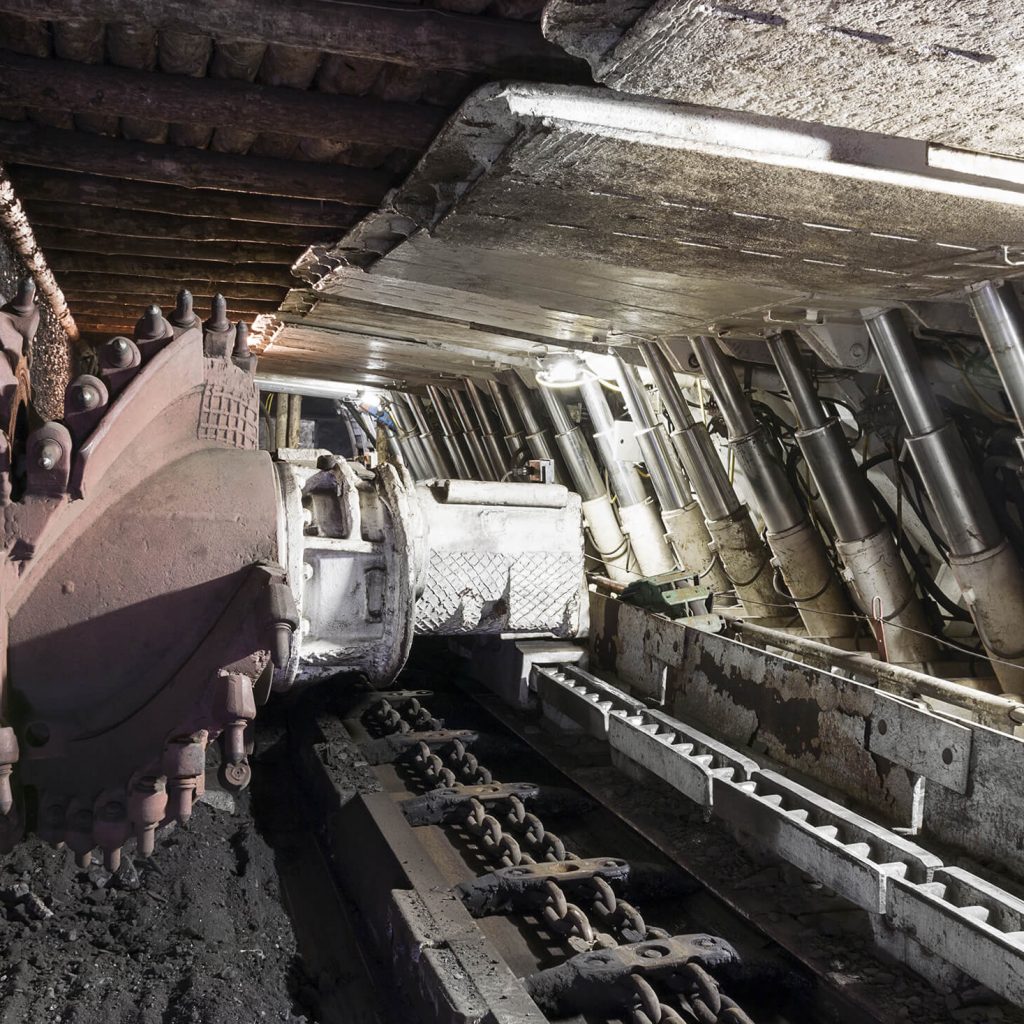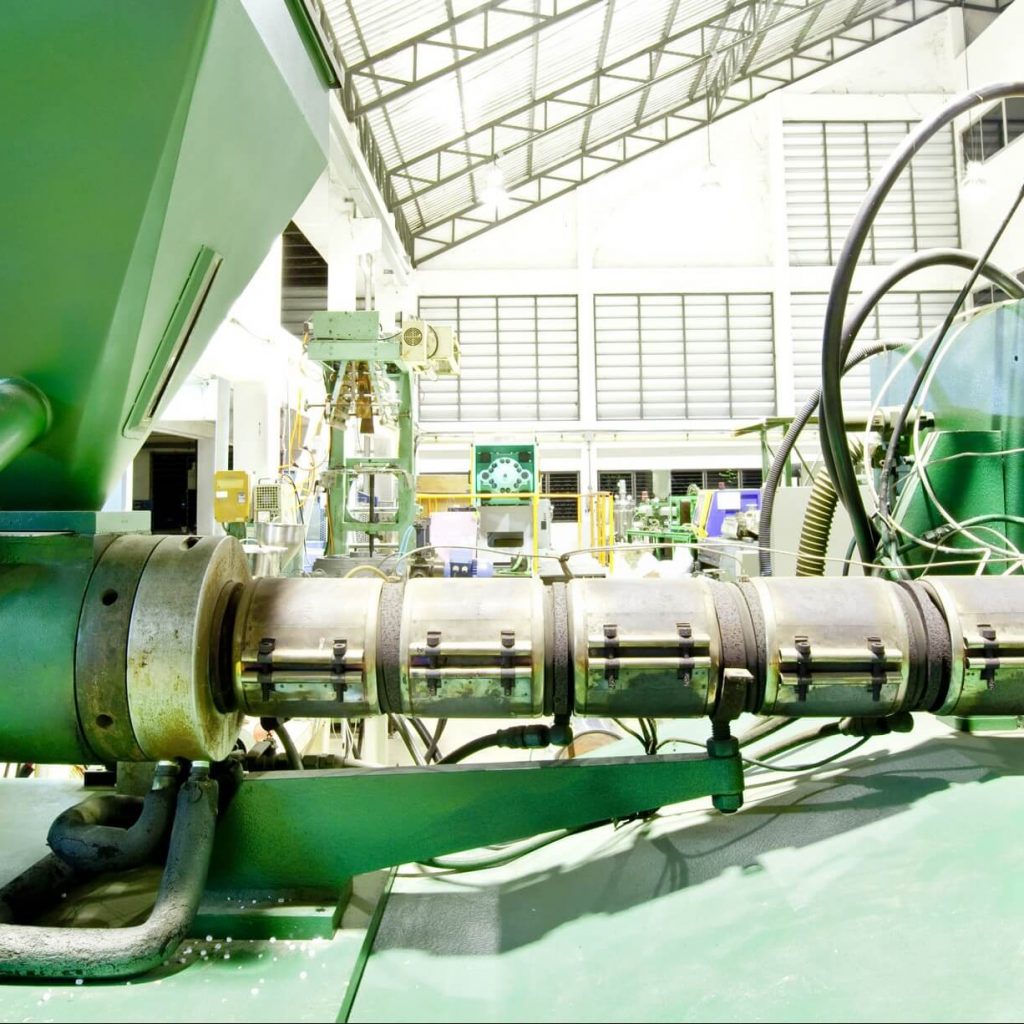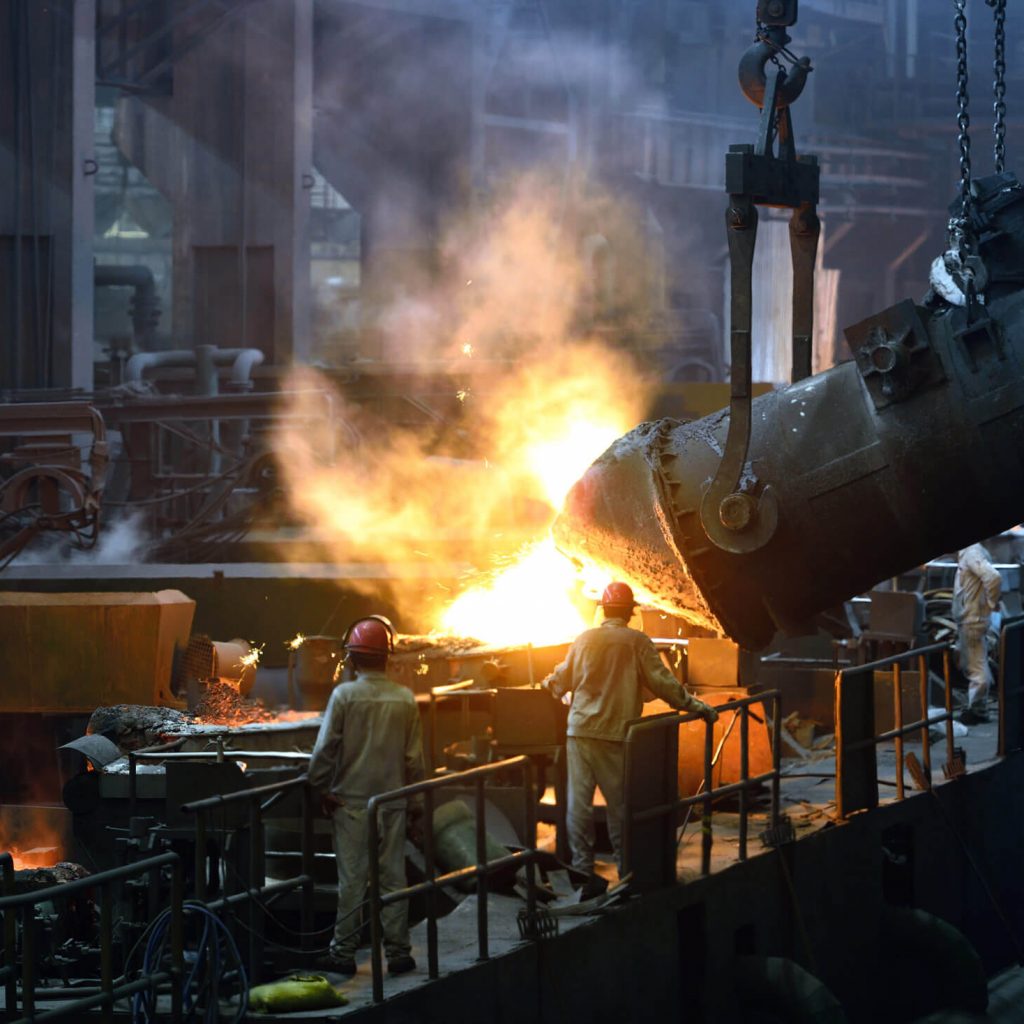Analysing and Maintaining Your Hydraulic Oil
Oil: A Non Consumable Resource
At Apex, we do not consider hydraulic oil to be a consumable part of your hydraulic system. Correctly maintained, it should outlast other parts of your equipment. It is estimated that in some sectors, the real cost of changing the oil in your equipment can exceed the actual oil cost by up to 40 times. This takes into account expenses such as paperwork, down time and personnel. It is therefore extremely beneficial to ensure that oil changes are made as infrequently as possible, by keeping your oil clean and working well for as long as you can.
It is important to note that maintaining your oil is also an integral part of protecting the entire hydraulic system. Unclean oil can cause the system to fail, so maintaining it has larger implications that that merely reducing the frequency of oil changes. Keeping your oil clean and working well is vital to saving the huge expense – not to mention the down time – of having a large scale breakdown.
Avoiding Impurities
Water is one of the most common impurities that causes hydraulic oil to become contaminated. The hydraulic reservoir tank becomes extremely warm when used and cooling down can cause condensation both internally and externally. Water is very damaging to hydraulic equipment as it can rust the steel, potentially causing damage to the entire system and reducing the life of the equipment. It is important that 100% of water in the system is removed quickly and efficiently.
Other particles can also pollute the oil, clogging filters and valves. Personnel must be sure to avoid costly errors such as leaving the lid off the oil reservoir which allows in contaminants. The make-up of the oil can also be indicative of other imminent faults and so can help diagnose issues that need to be addressed.
Analysing Your Oil
The oil in your hydraulic cylinder must be tested regularly by a laboratory. The lab will be look at your oil on a microscopic level, assessing its cleanliness across three aspects:
- Contamination
The lab will detect bacteria and salts from the atmosphere that can corrode the hydraulic system. This can also indicate whether there is any leakage internally in your hydraulic system.
- Chemistry
They will assess the chemistry of your oil, detecting the levels of its current chemical makeup and how it has changed from its original state. This can then suggest what the likely RUL (Remaining Useful Life) is for the oil.
- Wear
Wear is described in parts per million, so that the severity of the wear can be assessed. Looking at this can point to which parts of the system may be wearing out, and what the cause might be. This helpful information allows specialists to diagnose and resolve problems before they become severe and irreparable.
The Answer to Unclean Oil
The cleanliness of you hydraulic oil can be improved by proper filtration. Filters provided by the original manufacturer are not always the top quality available and they can be tricky and expensive to change. One viable option is to fit a filter rig (inline or offline), which can be installed on the majority of power packs and machine hydraulic systems. This improvement can be undertaken at any stage in the life of the hydraulic system, and is a simple procedure that does not incur much down time. The filters in these rigs can be changed easily and regularly so are simple to maintain, and can keep hydraulics running 24/7. Regular changes of the filters in the rig means that the original, less accessible filter can be changed much less frequently and could potentially last for years. This means much less down time, but not at the cost of clean oil. Whatever filter you have must be checked, maintained and changed regularly, to ensure your oil remains clean.
At APEX, we are so convinced that our filter rigs save clients time and money, that we offer a free trial. Contact us today to arrange a FREE assessment of your hydraulic equipment and a filter demo unit trial.
Fitch, B. (2013). Extending Oil Change Intervals on Heavy Mining Equipment [Online]. Available: http://www.machinerylubrication.com/Read/29400/oil-change-intervals. Last accessed 5th December 2015.
Fitch, B. (2013). Anatomy of an Oil Analysis Report [Online]. Available: http://www.machinerylubrication.com/Read/29598/oil-analysis-report [Online]. Last accessed 5th December 2015.
Fitch, B. (2013). Anatomy of an Oil Analysis Report [Online]. Available: http://www.machinerylubrication.com/Read/29598/oil-analysis-report. Last accessed 5th December 2015.
Fitch, B. (2013). Anatomy of an Oil Analysis Report [Online]. Available: http://www.machinerylubrication.com/Read/29598/oil-analysis-report. Last accessed 5th December 2015.
Some of Our Sector Experience
To find out more information about our experience of delivering successful projects across a range of operating environments, click on an image below…
More News Items
Read more from our news section. From time to time we will update the news section with industry insight, company updates and further products/services information…












